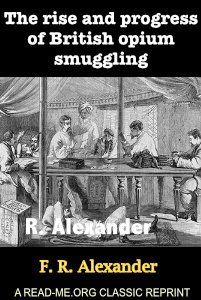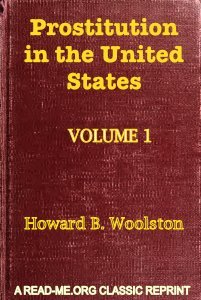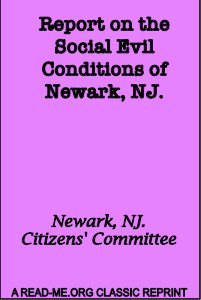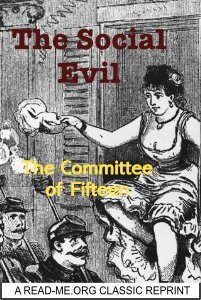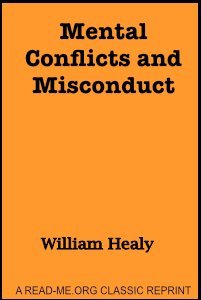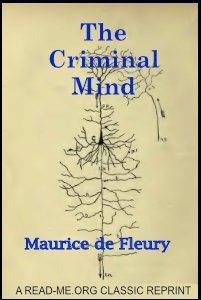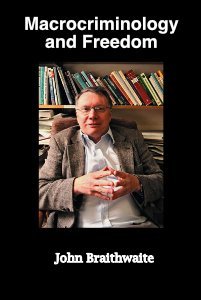By Maurice de Fleury.
“The science of the human brain has assumed such importance within a quarter of a century, it has so quickly reached so high a degree of precision, it results from so thorough and unanimous an agreement among biologists of all countries, it throws so strong a light upon the phenomena of the mind, that it would now be quite impossible to dispense with it in treating of general psychology, and more especially of criminal psychology. That knowledge—attended at first sight with disconcerting difficulties and alarms, by reason of its complexity—may, nevertheless, be easily simplified and placed within the reach of the least studious minds. For those who go deeply into it, the knowledge of the functions of the brain quickly assumes the pure lines, the harmonious proportions and the symmetrical arrangement of a typical French gardzn, with its straight walks, cut out in the dim forest of the old classical psychology.! Let us walk together in that garden, keeping a few plans, mere rudimentary drawings, under our eyes, lest we should lose our way. Here is one, in the first place, which represents the topography, the geography of one half of the brain,” or, to employ the phrase in use, the cerebral localizations on the left hemisphere.”
London: Downey & Co., 1901. 196p.


